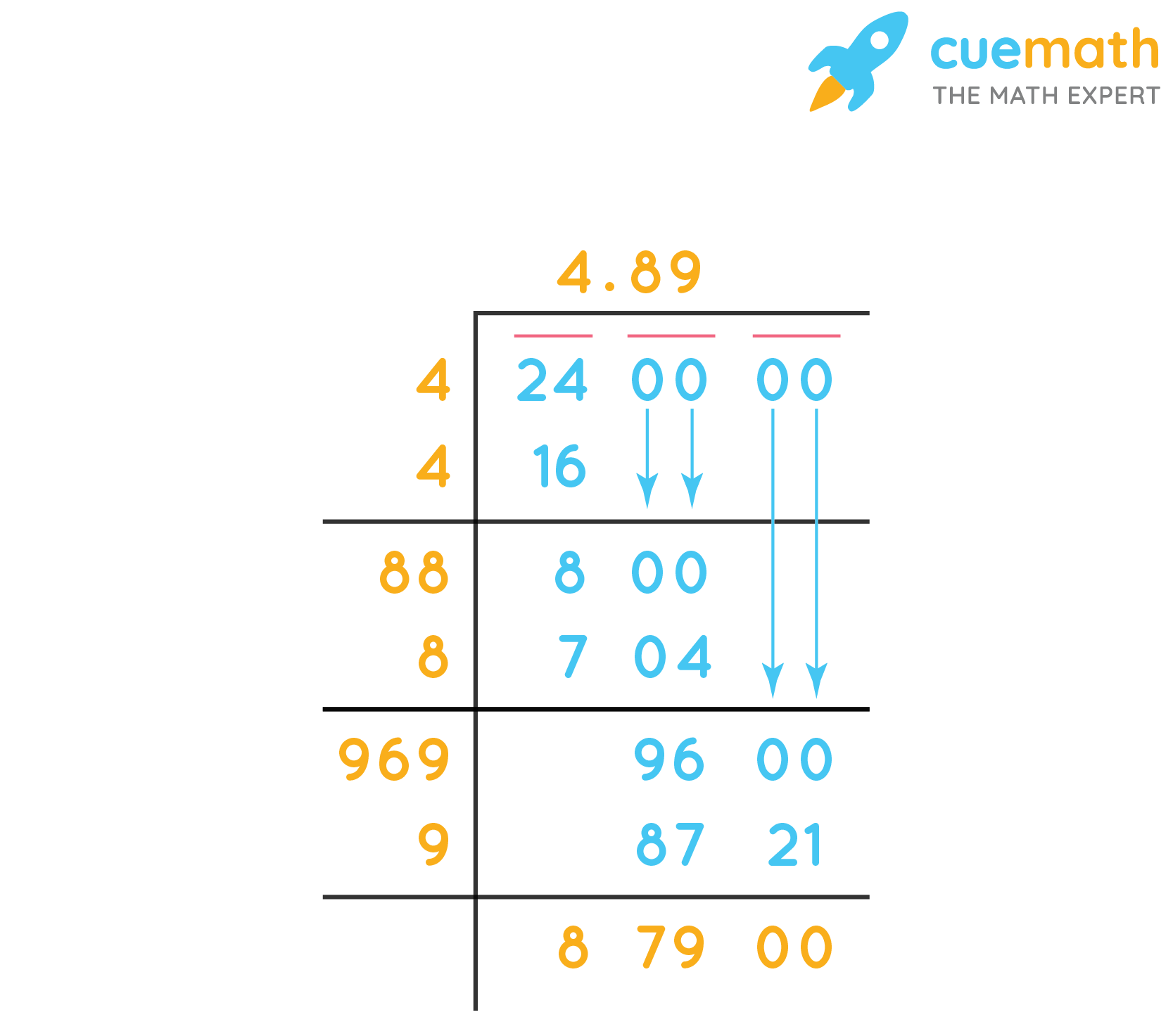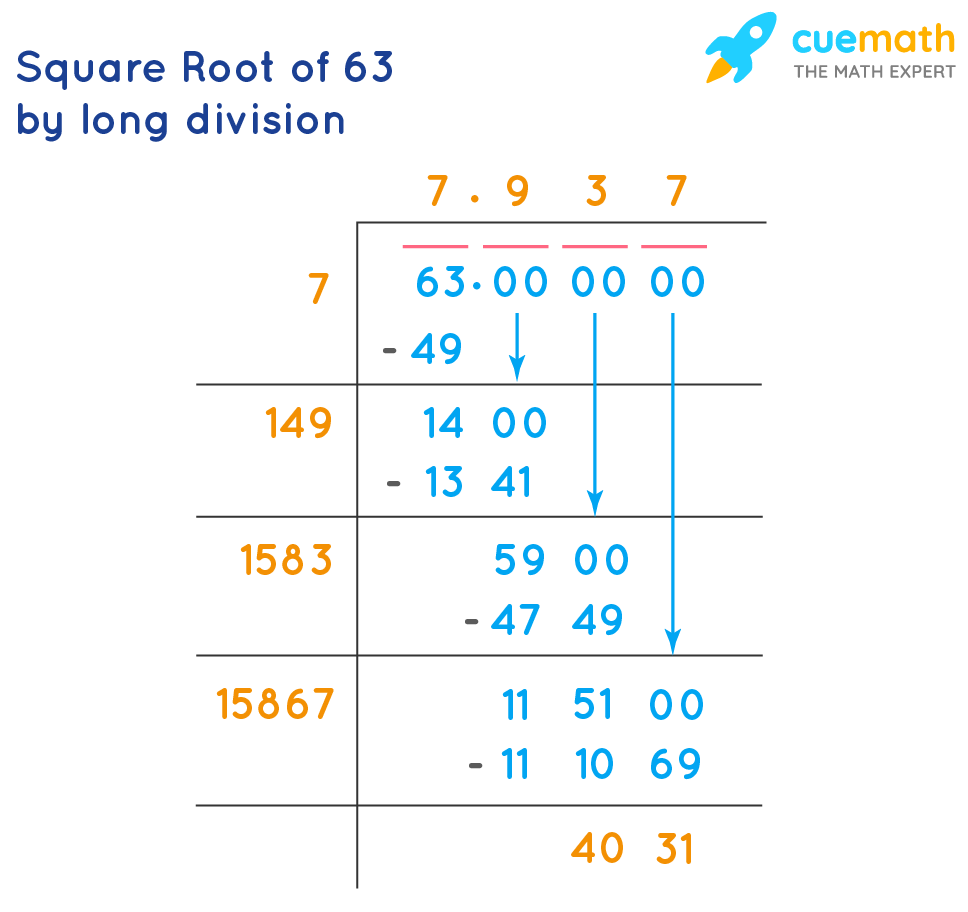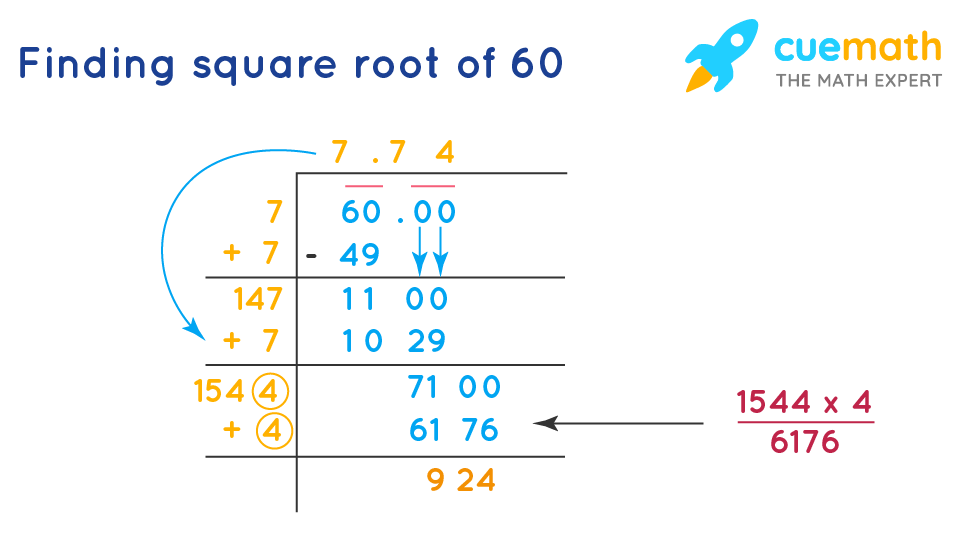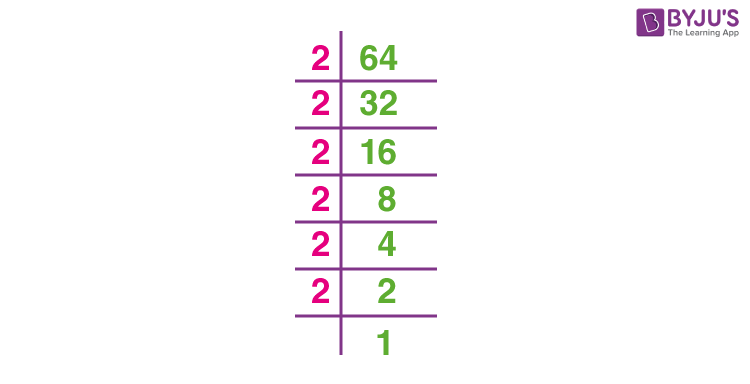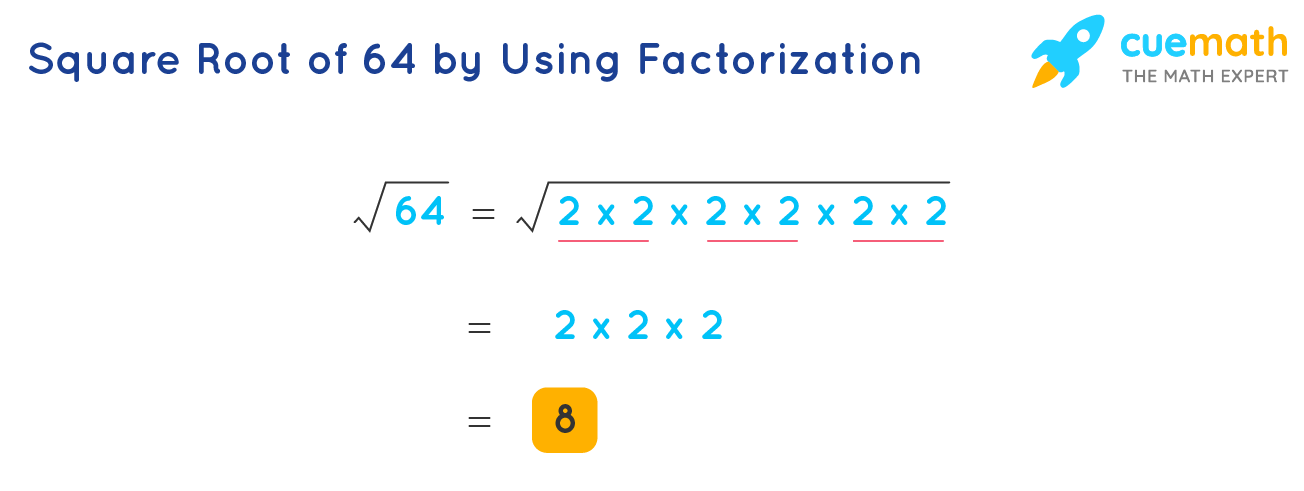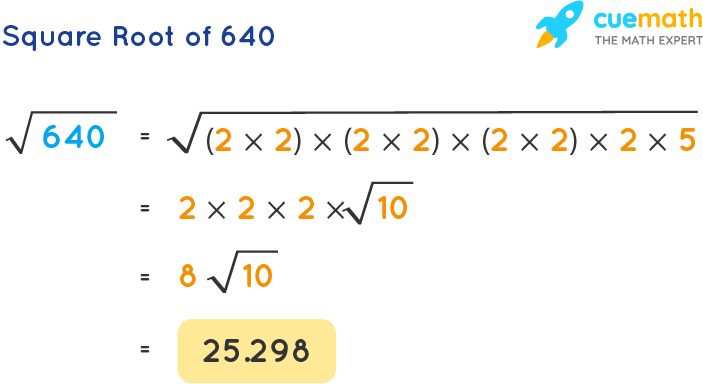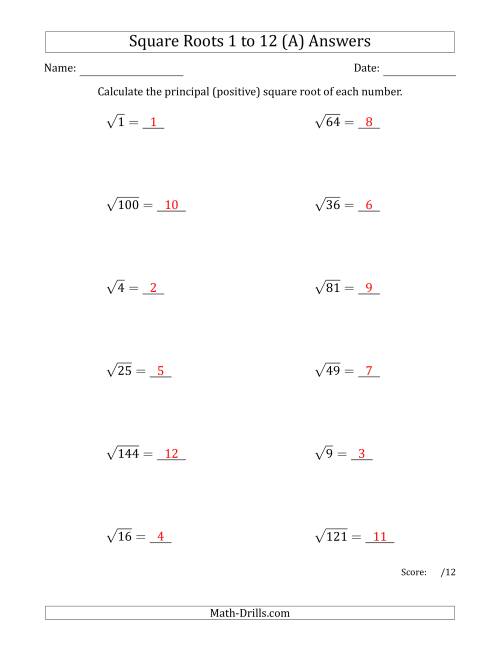Topic is the square root of 6 rational: Is the square root of 6 rational? Dive into this fascinating mathematical inquiry to uncover the truth behind this question. Explore the definitions, proofs, and implications of rational and irrational numbers, and learn why the square root of 6 stands as an intriguing example in the realm of mathematics.
Table of Content
- Is the Square Root of 6 Rational?
- Introduction to Rational and Irrational Numbers
- Definition of Rational Numbers
- Definition of Irrational Numbers
- Understanding Square Roots
- Square Root of 6: Rational or Irrational?
- Prime Factorization Method
- Properties of Rational and Irrational Numbers
- Historical Context and Mathematical Significance
- Real-life Applications of Irrational Numbers
- YOUTUBE: Khám phá lý do tại sao căn bậc hai của 36 chỉ là 6 dương qua video này. Tìm hiểu thêm về các khái niệm toán học cơ bản để nâng cao kiến thức của bạn.
Is the Square Root of 6 Rational?
The square root of 6 is often a subject of inquiry regarding its rationality. In mathematics, a number is considered rational if it can be expressed as the quotient of two integers, where the denominator is not zero. This implies that for the square root of 6 to be rational, there should exist integers \( a \) and \( b \) (with \( b \neq 0 \)) such that:
\[
\sqrt{6} = \frac{a}{b}
\]
Proof by Contradiction
To determine if the square root of 6 is rational, we can use a proof by contradiction:
- Assume that \( \sqrt{6} \) is rational. This means there exist integers \( a \) and \( b \) (with \( b \neq 0 \)) such that: \[ \sqrt{6} = \frac{a}{b} \]
- If \( \sqrt{6} = \frac{a}{b} \), then squaring both sides gives: \[ 6 = \frac{a^2}{b^2} \]
- Rearranging this equation, we get: \[ a^2 = 6b^2 \]
- This implies that \( a^2 \) is a multiple of 6. Therefore, \( a \) must also be a multiple of 6 (since 6 is not a perfect square, this is inferred from properties of prime factorization).
- Let \( a = 6k \) for some integer \( k \). Substituting this back into the equation gives: \[ (6k)^2 = 6b^2 \implies 36k^2 = 6b^2 \implies 6k^2 = b^2 \]
- This implies that \( b^2 \) is also a multiple of 6. Hence, \( b \) must also be a multiple of 6.
- Since both \( a \) and \( b \) are multiples of 6, they share a common factor, which contradicts the initial assumption that \( \frac{a}{b} \) is in simplest form.
Therefore, our assumption that \( \sqrt{6} \) is rational must be false. Thus, we conclude that the square root of 6 is irrational.
Conclusion
Based on the proof by contradiction, we have shown that \( \sqrt{6} \) cannot be expressed as a quotient of two integers in simplest form. Therefore, the square root of 6 is an irrational number.
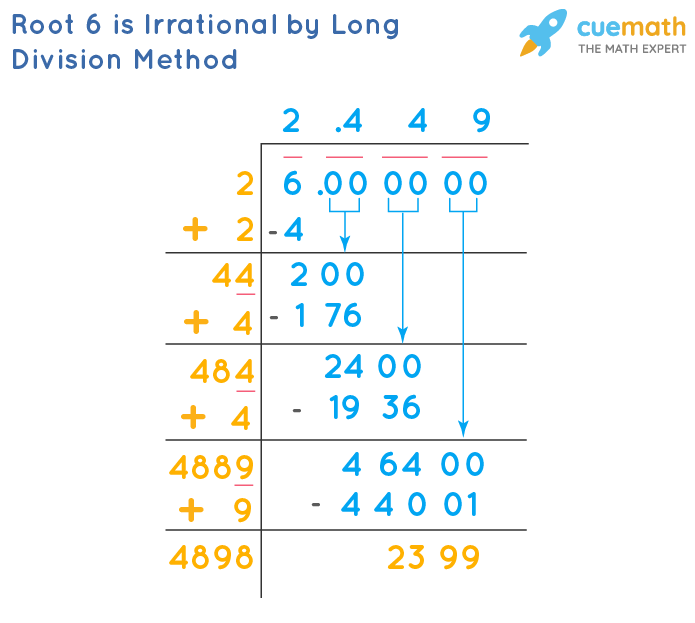
READ MORE:
Introduction to Rational and Irrational Numbers
In mathematics, numbers are classified into different categories based on their properties. Two fundamental classifications are rational and irrational numbers. Understanding these categories is crucial for exploring more complex mathematical concepts.
Rational numbers are numbers that can be expressed as the quotient of two integers, where the denominator is not zero. In other words, a number is rational if it can be written in the form:
\[
\frac{a}{b}
\]
where \( a \) and \( b \) are integers and \( b \neq 0 \). Examples of rational numbers include:
- \(\frac{1}{2}\)
- \(\frac{-3}{4}\)
- \(5\) (since it can be written as \(\frac{5}{1}\))
On the other hand, irrational numbers cannot be expressed as a simple fraction. These numbers have non-repeating, non-terminating decimal expansions. Some well-known examples of irrational numbers are:
- \(\pi\) (pi)
- \(e\) (Euler's number)
- \(\sqrt{2}\) (the square root of 2)
The discovery of irrational numbers dates back to ancient Greece, where mathematicians found that not all numbers could be expressed as fractions. This was a significant milestone in the history of mathematics, leading to a deeper understanding of numerical properties and the structure of the number line.
The distinction between rational and irrational numbers helps in various fields of mathematics and science. For instance, it plays a crucial role in algebra, calculus, and number theory. Recognizing whether a number is rational or irrational allows mathematicians to apply appropriate techniques and theories to solve problems effectively.
In summary, rational numbers are fractions of integers, while irrational numbers cannot be represented as fractions and have unique, non-repeating decimal expansions. This foundational knowledge sets the stage for more advanced mathematical exploration and problem-solving.
Definition of Rational Numbers
Rational numbers are a fundamental concept in mathematics, representing numbers that can be written as the quotient of two integers. To understand rational numbers in detail, consider the following points:
- Quotient of Two Integers:
A rational number is any number that can be expressed in the form:
\[
\frac{a}{b}
\]
where \( a \) and \( b \) are integers, and \( b \neq 0 \). This representation shows that rational numbers include both positive and negative values as well as zero. - Examples of Rational Numbers:
Rational numbers encompass a wide range of values, including:
- Fractions: \(\frac{3}{4}, \frac{-5}{2}, \frac{7}{1}\)
- Integers: \(0, -1, 2, 5\) (since any integer \( n \) can be written as \(\frac{n}{1}\))
- Terminating Decimals: \(0.75\) (which is \(\frac{3}{4}\)), \( -2.5\) (which is \(\frac{-5}{2}\))
- Repeating Decimals: \(0.\overline{3}\) (which is \(\frac{1}{3}\)), \(2.\overline{142857}\) (which is \(\frac{15}{7}\))
- Properties of Rational Numbers:
Rational numbers have specific properties that distinguish them from other types of numbers:
- Closure: The set of rational numbers is closed under addition, subtraction, multiplication, and division (except by zero). This means that performing these operations on rational numbers always yields another rational number.
- Density: Between any two rational numbers, there exists an infinite number of other rational numbers. This property is known as density, indicating that rational numbers are densely packed on the number line.
- Decimal Representation: Rational numbers can have either terminating or repeating decimal expansions. If a fraction in its simplest form has a denominator with prime factors of only 2 or 5, it will have a terminating decimal expansion. Otherwise, it will have a repeating decimal expansion.
- Importance in Mathematics:
Rational numbers are crucial in various mathematical disciplines. They form the foundation for arithmetic, algebra, and number theory. Understanding rational numbers allows for the exploration of more complex concepts such as irrational numbers, real numbers, and complex numbers.
In conclusion, rational numbers are those that can be expressed as the ratio of two integers, with extensive examples and unique properties. This foundational concept is integral to the broader study of mathematics.
Definition of Irrational Numbers
Irrational numbers are an essential category of real numbers that cannot be expressed as the quotient of two integers. Understanding these numbers involves recognizing their unique properties and their significance in mathematics.
- Non-terminating, Non-repeating Decimals:
Irrational numbers are characterized by their decimal expansions, which are infinite and do not exhibit a repeating pattern. This differentiates them from rational numbers, whose decimal expansions either terminate or repeat.
- Examples of Irrational Numbers:
Several well-known irrational numbers illustrate this concept:
- \(\pi\) (pi): The ratio of a circle's circumference to its diameter, approximately equal to 3.14159...
- \(e\) (Euler's number): The base of the natural logarithm, approximately equal to 2.71828...
- \(\sqrt{2}\) (the square root of 2): The positive number that, when squared, equals 2, approximately equal to 1.41421...
- \(\sqrt{3}\) (the square root of 3): The positive number that, when squared, equals 3, approximately equal to 1.73205...
- Proof of Irrationality:
The irrationality of some numbers can be demonstrated through proofs, such as proof by contradiction. For example, the square root of 2 can be proven irrational by assuming it is rational and then showing this assumption leads to a contradiction.
- Properties of Irrational Numbers:
Irrational numbers possess unique properties:
- Non-repeating Decimals: Their decimal expansions go on forever without repeating.
- Density: Just like rational numbers, irrational numbers are densely packed on the number line. Between any two real numbers, there is an infinite number of irrational numbers.
- Closure: The sum or product of a rational number and an irrational number is irrational, and the product of two irrational numbers can be either rational or irrational, depending on the numbers involved.
- Importance in Mathematics:
Irrational numbers are crucial for various branches of mathematics, including geometry, calculus, and number theory. They provide a complete understanding of the real number line and are essential for defining and working with real numbers.
In summary, irrational numbers are real numbers that cannot be expressed as the ratio of two integers, featuring non-terminating, non-repeating decimal expansions. These numbers play a vital role in mathematics, contributing to the comprehensive understanding of numerical systems.
Understanding Square Roots
The concept of square roots is fundamental in mathematics, providing a basis for many advanced topics. A square root of a number is a value that, when multiplied by itself, gives the original number. To understand square roots comprehensively, consider the following points:
- Definition:
The square root of a number \( n \) is a number \( x \) such that:
\[
x^2 = n
\]
This means \( x \times x = n \). The principal square root of \( n \) is usually denoted as \( \sqrt{n} \). For positive numbers, there are always two square roots: one positive and one negative. For example, the square roots of 9 are 3 and -3, since \( 3^2 = 9 \) and \( (-3)^2 = 9 \). - Perfect Squares:
When a number is a perfect square, its square root is an integer. Perfect squares are the squares of whole numbers. Examples include:
- \(\sqrt{1} = 1\)
- \(\sqrt{4} = 2\)
- \(\sqrt{9} = 3\)
- \(\sqrt{16} = 4\)
- \(\sqrt{25} = 5\)
- Non-Perfect Squares:
When a number is not a perfect square, its square root is not an integer and is usually an irrational number. These square roots cannot be expressed as a simple fraction. Examples include:
- \(\sqrt{2} \approx 1.414\)
- \(\sqrt{3} \approx 1.732\)
- \(\sqrt{5} \approx 2.236\)
- \(\sqrt{6} \approx 2.449\)
- Properties of Square Roots:
Square roots have several important properties that are useful in various mathematical contexts:
- Product Property: The square root of a product is equal to the product of the square roots of the factors: \[ \sqrt{a \cdot b} = \sqrt{a} \cdot \sqrt{b} \]
- Quotient Property: The square root of a quotient is equal to the quotient of the square roots of the numerator and the denominator: \[ \sqrt{\frac{a}{b}} = \frac{\sqrt{a}}{\sqrt{b}} \]
- Non-Negativity: For any real number \( n \), \( \sqrt{n} \) is non-negative. The square root function only returns the principal (non-negative) square root.
- Square Roots in Equations:
Square roots often appear in equations and are essential in solving quadratic equations. For example, to solve \( x^2 = 16 \), one finds the square roots of 16, which are 4 and -4, giving the solutions \( x = 4 \) and \( x = -4 \).
In conclusion, understanding square roots involves recognizing their definition, properties, and applications in various mathematical contexts. Whether dealing with perfect squares or non-perfect squares, the concept of square roots is integral to the study of mathematics.

Square Root of 6: Rational or Irrational?
The question of whether the square root of 6 is rational or irrational is an interesting mathematical inquiry. To determine this, we must examine the properties and definitions of rational and irrational numbers.
- Understanding Rational Numbers:
Rational numbers can be expressed as the quotient of two integers:
\[
\frac{a}{b}
\]
where \( a \) and \( b \) are integers and \( b \neq 0 \). If the square root of 6 were rational, it could be written in this form. - Assuming Rationality:
Assume that \( \sqrt{6} \) is rational. This means there exist integers \( a \) and \( b \) such that:
\[
\sqrt{6} = \frac{a}{b}
\] - Squaring Both Sides:
To eliminate the square root, square both sides of the equation:
\[
6 = \frac{a^2}{b^2}
\]
Rearranging this gives:
\[
a^2 = 6b^2
\] - Implications for \( a \) and \( b \):
This equation implies that \( a^2 \) is a multiple of 6. Therefore, \( a \) must also be a multiple of 6 (since 6 is not a perfect square, its prime factorization must be present in \( a \)). Let \( a = 6k \) for some integer \( k \). Substituting \( a = 6k \) into the equation gives:
\[
(6k)^2 = 6b^2 \implies 36k^2 = 6b^2 \implies 6k^2 = b^2
\]
This implies that \( b^2 \) is also a multiple of 6, hence \( b \) must also be a multiple of 6. - Contradiction:
Since both \( a \) and \( b \) are multiples of 6, they share a common factor. This contradicts the initial assumption that \( \frac{a}{b} \) is in simplest form. Therefore, our assumption that \( \sqrt{6} \) is rational must be false.
- Conclusion:
Since the assumption that \( \sqrt{6} \) is rational leads to a contradiction, we conclude that \( \sqrt{6} \) is irrational. It cannot be expressed as the quotient of two integers.
In summary, the square root of 6 is an irrational number. This conclusion follows from a proof by contradiction, demonstrating that no integers \( a \) and \( b \) exist such that \( \sqrt{6} = \frac{a}{b} \) in simplest form.
Prime Factorization Method
The prime factorization method is a common approach used to determine whether the square root of a number is rational or irrational. To apply this method, follow these steps:
- Prime Factorization:
Find the prime factorization of the number under the square root. For example, to determine if the square root of 6 is rational, we first find the prime factors of 6.
6 can be factored into its prime factors as follows:
- 6 = 2 × 3
- Pairing Prime Factors:
For a number to have a rational square root, all prime factors must be paired. This means each prime factor must appear an even number of times in the factorization.
In the case of 6, the prime factors are:
- 21 and 31
Here, both 2 and 3 appear only once, meaning they do not form pairs.
- Conclusion:
Since the prime factors of 6 cannot be paired, the square root of 6 cannot be expressed as a product of integers. Therefore, the square root of 6 is an irrational number.
Thus, by using the prime factorization method, we can conclude that \( \sqrt{6} \) is irrational.
Properties of Rational and Irrational Numbers
In mathematics, numbers can be broadly classified into two categories: rational and irrational numbers. Understanding the properties of these types of numbers is essential for differentiating between them.
Rational Numbers
- A rational number can be expressed as a fraction \(\frac{a}{b}\) where \(a\) and \(b\) are integers and \(b \neq 0\).
- Examples of rational numbers include \( \frac{1}{2}, \frac{4}{3}, \) and \( 7 \) (which can be written as \( \frac{7}{1} \)).
- The decimal expansion of a rational number either terminates (e.g., \(0.5\)) or repeats periodically (e.g., \(0.3333...\)).
Irrational Numbers
- An irrational number cannot be expressed as a simple fraction \(\frac{a}{b}\), where \(a\) and \(b\) are integers.
- These numbers have non-terminating, non-repeating decimal expansions. For instance, the square root of 2 (approximately \(1.414213...\)) and π (approximately \(3.14159...\)) are irrational numbers.
- The square root of 6, denoted as \(\sqrt{6}\), is an irrational number. Its decimal form, approximately \(2.44948974278...\), does not terminate or repeat.
In summary, rational numbers are those that can be neatly expressed as fractions with integer numerators and denominators, while irrational numbers cannot be expressed in such a way and exhibit unique decimal expansions that go on forever without repeating. The distinction between these two categories helps in various mathematical and real-world applications, ensuring precision and understanding in different contexts.
Historical Context and Mathematical Significance
The exploration of irrational numbers, including the square root of 6, has a rich historical context and profound mathematical significance. The concept of irrational numbers dates back to ancient Greek mathematicians such as Pythagoras and his followers, who were among the first to recognize that not all numbers are rational. The discovery of irrational numbers challenged the Pythagorean belief that all numbers could be expressed as ratios of integers.
The square root of 6, denoted as \( \sqrt{6} \), is an example of an irrational number, meaning it cannot be expressed as a fraction of two integers. This discovery is significant because it demonstrated the limitations of the rational number system and led to a deeper understanding of number theory.
During the 19th century, mathematicians like Richard Dedekind and Karl Weierstrass further formalized the concept of irrational numbers and real numbers. Dedekind introduced "Dedekind cuts" as a method to rigorously define real numbers, including irrationals like \( \sqrt{6} \). This was a pivotal development in the foundation of real analysis and set theory.
The significance of irrational numbers extends beyond pure mathematics into various fields. For instance, in geometry, irrational numbers often appear in calculations involving the lengths of diagonals in polygons and other geometric constructions. The irrational nature of \( \sqrt{6} \) also plays a role in understanding the properties of continuous functions and the behavior of sequences and series.
In modern mathematics, the study of irrational numbers is integral to fields such as algebra, calculus, and number theory. The properties of \( \sqrt{6} \) and other irrational numbers are essential in the development of algorithms for numerical approximations and computer calculations.
Overall, the historical context and mathematical significance of the square root of 6 illustrate the evolution of mathematical thought and the importance of irrational numbers in various mathematical and real-world applications.

Real-life Applications of Irrational Numbers
Irrational numbers, such as \(\pi\) and \(\sqrt{2}\), play a crucial role in various real-life applications, demonstrating their significance beyond theoretical mathematics.
- Geometry and Construction
One common example is in geometry, particularly in the design and construction of circular objects. For instance, carpenters often encounter situations where they need to calculate the dimensions of components that fit together precisely. If a carpenter is installing a round ceiling light fixture with a diameter of 6 inches, he might need to determine the size of a square hole that can fit inside the circular fixture. The side length of such a square is \(\sqrt{18}\) inches, an irrational number, which ensures that the hole remains within the rim of the fixture.
- Architecture and Engineering
Architects and engineers frequently use irrational numbers when designing structures and systems that involve curves and non-standard angles. The use of \(\pi\) is essential in calculating the circumference and area of circles, which is fundamental in designing roundabouts, arches, and domes.
- Electronics and Signal Processing
In electronics, irrational numbers appear in various calculations, such as those involving the natural logarithm base \(e\). This constant is crucial in the analysis of exponential growth and decay processes, which are common in signal processing, control systems, and financial modeling.
- Physics
Irrational numbers are also significant in physics. For example, the golden ratio \(\phi\), an irrational number, appears in the description of certain natural phenomena, such as the arrangement of leaves around a stem or the pattern of seeds in a sunflower.
- Mathematics and Analysis
In advanced mathematics, irrational numbers are fundamental to various branches, including calculus and trigonometry. They help in defining integrals and derivatives, solving equations, and understanding the behavior of functions.
Overall, irrational numbers are indispensable in many fields, providing the necessary precision and complexity to model and solve real-world problems effectively.
Khám phá lý do tại sao căn bậc hai của 36 chỉ là 6 dương qua video này. Tìm hiểu thêm về các khái niệm toán học cơ bản để nâng cao kiến thức của bạn.
Tại sao căn bậc hai của 36 chỉ là 6 dương
READ MORE:
Xem video này để khám phá chứng minh rằng căn bậc hai của bất kỳ số nguyên nào cũng là vô tỉ, ngoại trừ các số chính phương. Nâng cao kiến thức toán học của bạn ngay bây giờ!
Chứng minh rằng căn bậc hai của bất kỳ số nguyên nào là vô tỉ (trừ các số chính phương)
